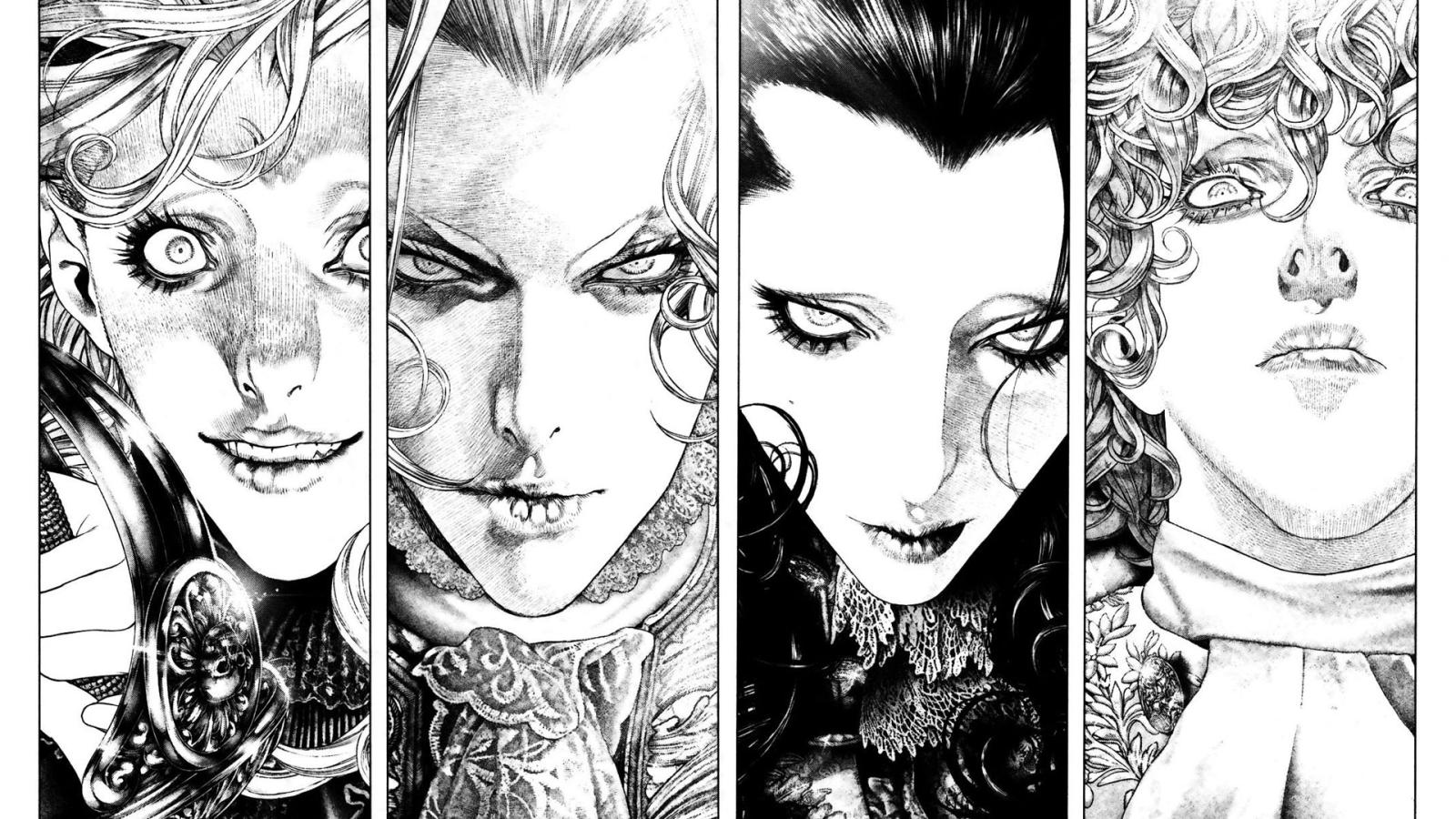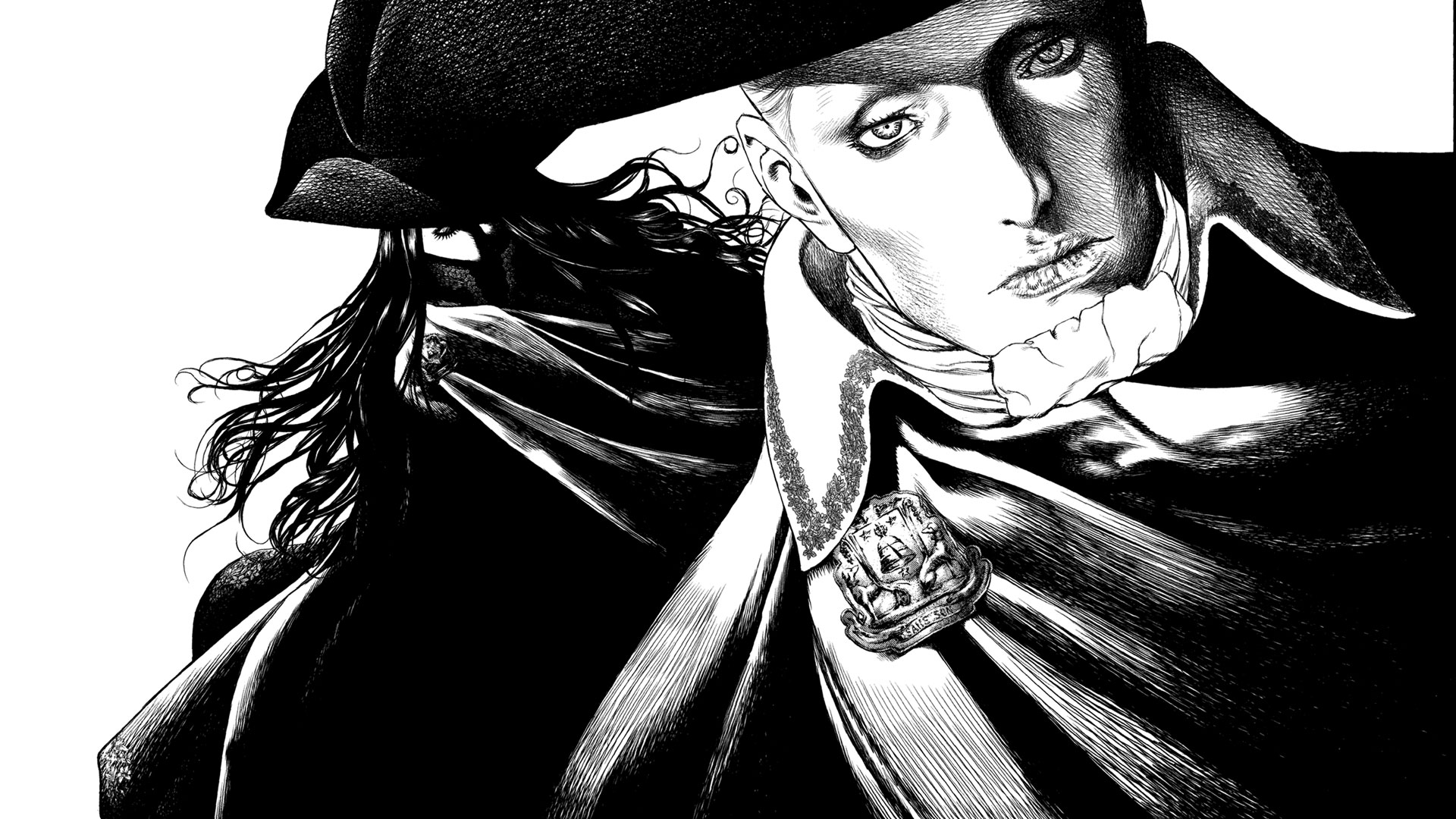The history of France from the perspective of the executioner.
“Innocent” is the work of Shinichi Sakamoto, who took the inspiration from the book “The Executioner Sanson.” This is a story about Charles-Henri Sanson and Marie-Joseph Sanson. Charles-Henri Sanson is a notorious executioner, who executed more than 3000 people, such as King Louis XVI, Robert-Francois Damiens (he wanted to kill King Louis XV), Marie-Antoinette and many others. This is a story about his family, his legacy and a story about France.
Why is Innocent excellent as a historical work? Because it shows social inequality of that time, the class system that is dying, failed colonial wars, The Seven Years’ War — we are the witnesses of the end of the monarchy. Some people are dying because of the taxes, others are dying of hunger, and the taxes go into the pockets of the people who are already wealthy. The whole point of the Innocent is the depiction of that moment that led to global changes.
Charles-Henri Sanson is an interesting choice for the main character. The torturer, the murderer, but he is the one who makes history. As we mentioned earlier, he executed different kinds of people — starting with peasants and ending with kings. Sometimes he would hesitate, or on the contrary, would make the person suffer much longer — it depended on who the person was.
Sakamoto is a master at creating detailed environments, costumes, and, well, everything! Thanks to his mastery, every scene seems alive, every person seems real — this is an outstanding work of art. Also, Sakamoto manages to use symbols and allegories to explain or to show that some scenes are special. Every detail is true to the original — whether it is a piece of clothing or a building, or anything else.

To sum up, this work is enormous, as is the effort Sakamoto put into it. We highly recommend you to read Innocent and to see the life of French people before the Revolution. Charles-Henri Sanson grew up with a dream to abolish the death penalty, because he didn’t want to be an executioner, but he ended up being the key figure. His and his family's story is quite tragic, but we won’t spoil anything — you better see everything for yourself. And if you are going to read the Innocent, go read Innocent: Rouge, which is also worth checking out.

